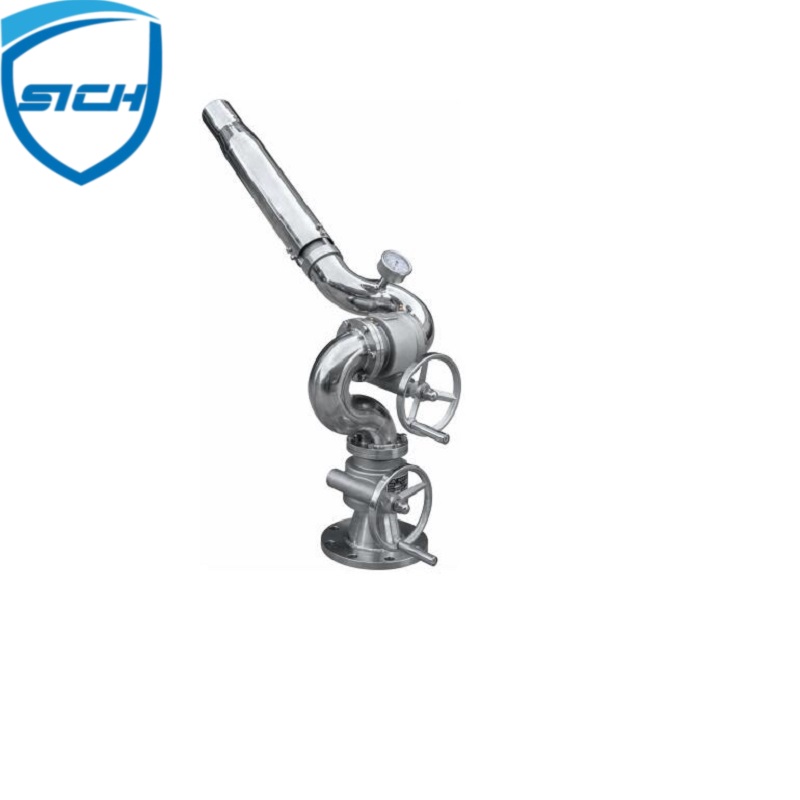Firefighting technology has advanced tremendously over the years, allowing fire departments to more effectively combat raging blazes. One of the most impressive firefighting tools available is the fire water cannon, which sprays enormous volumes of water over long distances to douse flames. Fire water cannons look like something out of a science fiction movie, with their industrial size and ability to shoot powerful water streams hundreds of feet into the air. However, as with any powerful technology, fire water cannon also pose some risks that require prudent use and oversight.
Definition of fire water cannon

Fire water cannons, also called aerial tower cannons or sky cannons, are mounted on top of elevated fire truck platforms or ladder trucks. This elevated positioning allows the cannons to spray water high into the air, directly onto burning structures and areas inaccessible to regular fire hoses on the ground. Some fire water cannons can shoot over 1,500 gallons of water per minute through nozzles over 150 feet into the sky. The intense streams of water act almost like reverse waterfalls, dousing flames from above with tremendous force.
Advantages of cannons fire water uses
One of the primary advantages of fire water cannons is their ability to hit fires in hard to reach areas from a safe distance. Multi-story buildings, volatile chemical fires, and large brush or forest fires that could otherwise trap firefighters on the ground become less dangerous when the water streams can be accurately directed from above. Fire water cannons allow firefighters to more efficiently knock down flames without needing to get as close or put as many boots on the ground in hazardous situations. The cannons can also provide wide area coverage by blanketing entire structures or acreages from an elevated platform.
However, the raw power of fire water cannons poses some control and safety risks that require specialized operator training and oversight. At their maximum flows and pressures, the water streams could potentially cause property damage, personal injury, or even structural collapse if not carefully aimed and monitored. There have been reports over the years of water cannon streams accidentally breaking windows, damaging siding or roofing materials, and in rare cases even toppling burning structures by eroding critical supporting members.
Strict standard operating guidelines for fire water cannon
To mitigate these risks, fire departments establish strict standard operating guidelines for fire water cannon use. Only specially trained operators are permitted to use the aerial devices, with recertification requirements. Target areas and stream impact points must be continuously assessed to avoid uncontrolled spread of water damage. Factors like wind speed and direction, structural integrity estimations, and proximity to bystanders all influence deployment decisions. Many departments will not utilize the cannons for interior attack due to stream force concerns inside contained spaces as well.
Monitoring equipment has also improved safety profiles
Modern fire water cannons integrate digital stream monitoring and machine controls with camera arrays to provide operators enhanced visibility and flow regulation ability. Systems can be programmed to automatically shut down water flows if aiming deviates outside acceptable ranges. These computerized assists help ensure streams only impact intended fire zones and minimize stray impacts or runaway damage scenarios. Proper maintenance and functional testing remain crucial to reliability in emergency incidents however.
As with any tool, the responsible and risk-aware deployment of fire water cannons ultimately depends on the humans operating them. Experienced and continually trained personnel who understand fire behavior as well as structural engineering factors will best utilize the technology safely and for its intended life-saving purpose. Overall, when properly employed, fire water cannons provide fire departments a critically important modern option for safely attacking otherwise difficult blazes from an advantageously elevated position. With vigilance concerning their concentrated force potential though, these powerful assistants can ably serve communities without endangering others. Progress in fire control through advanced equipment brings promise, but only cultivation of expertise to maximize benefits and awareness of limitations will truly fulfill that promise.
